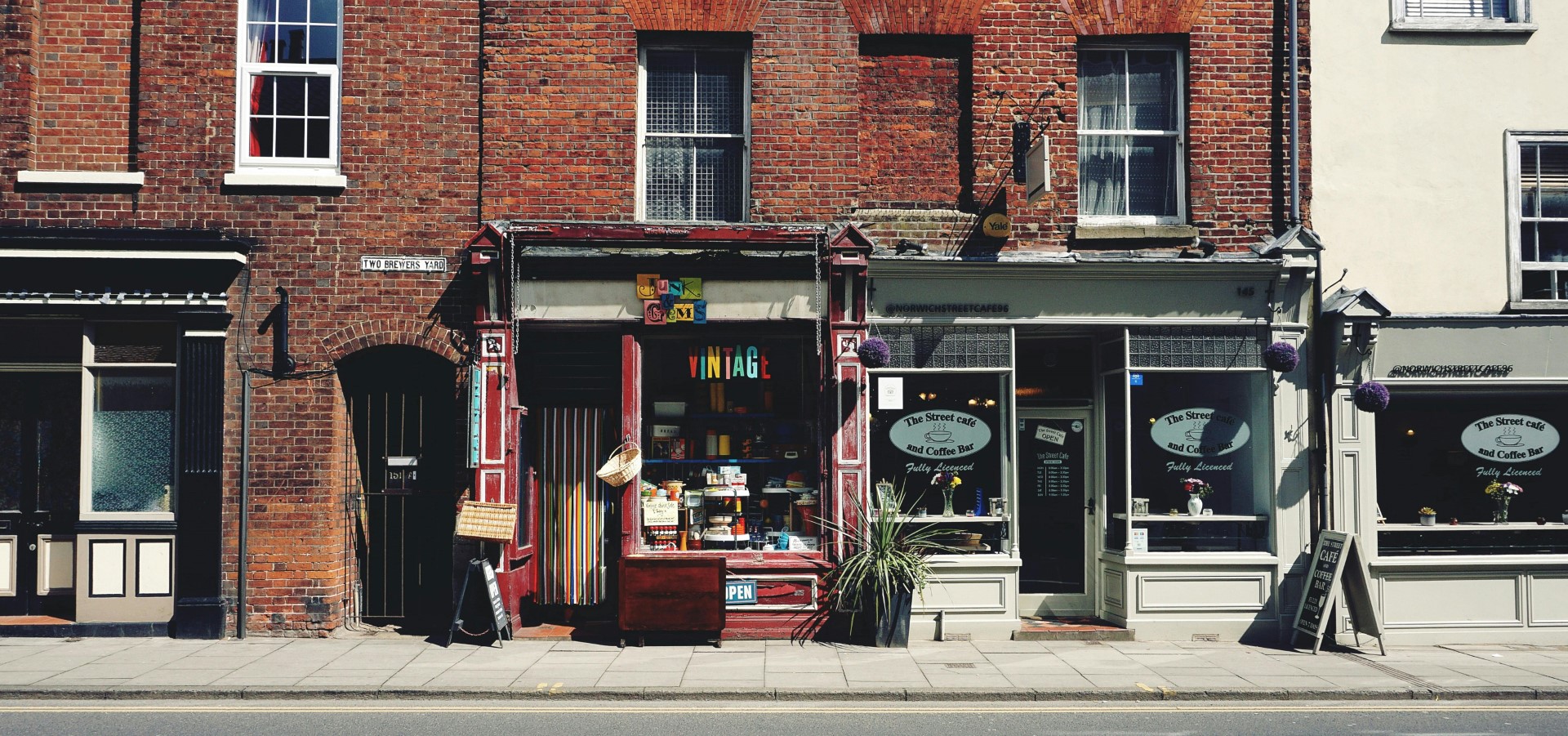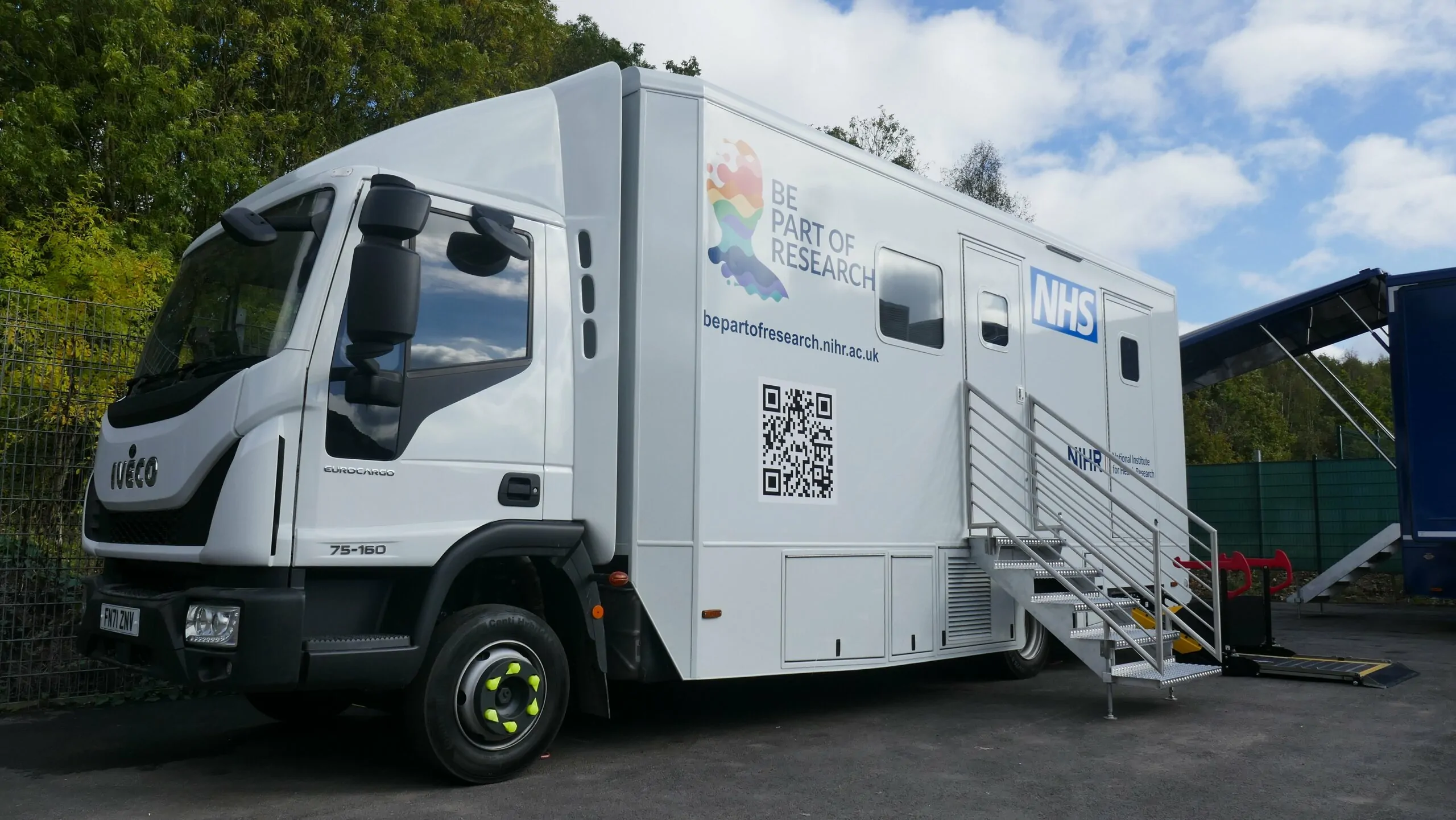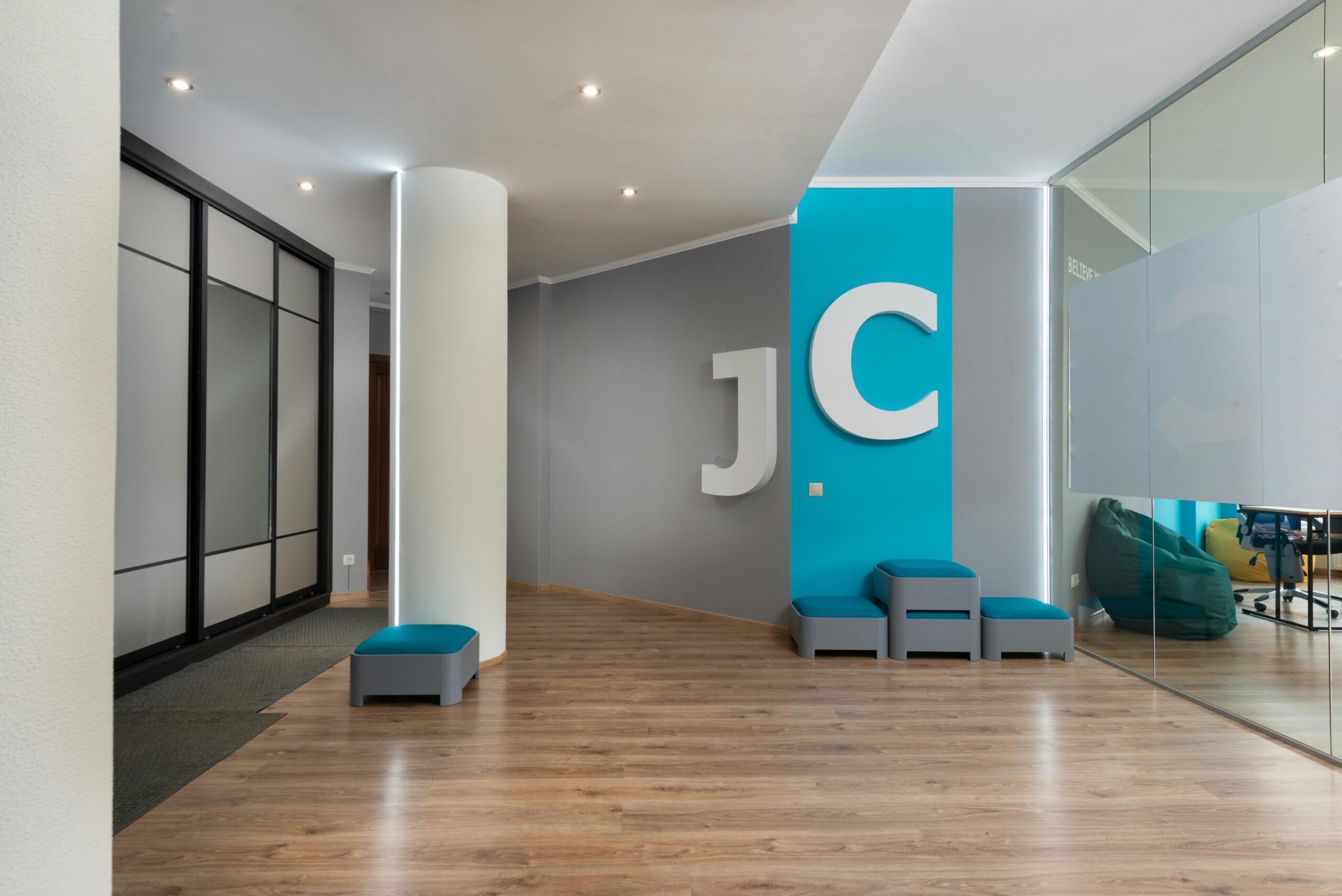-

What is a Commercial EPC Certificate and Why Does Your Business Need One?
When you own, lease or sell a commercial property in the UK, one document you cannot afford to ignore is the Commercial EPC Certificate. An Energy Performance Certificate (EPC) is a legal requirement that rates the energy efficiency of a building and provides recommendations for improvement. For businesses, understanding what a commercial EPC is and…












